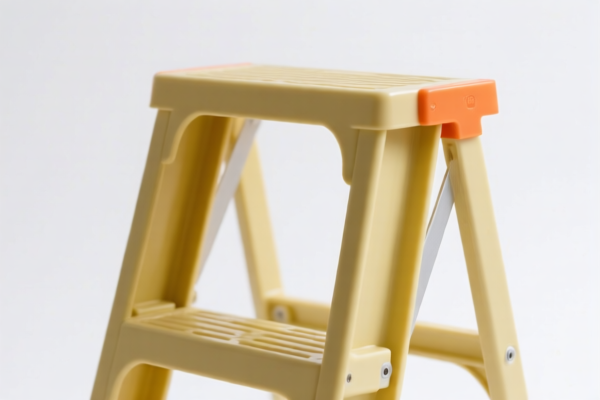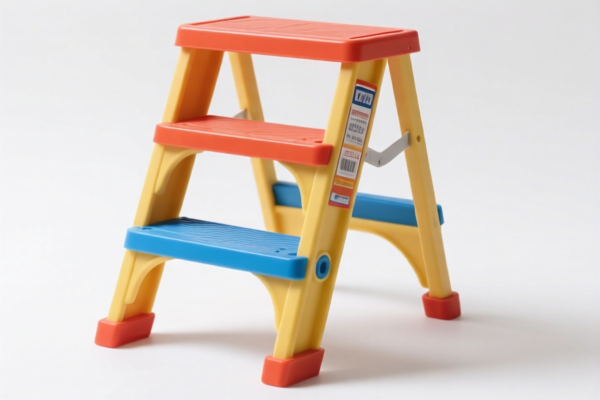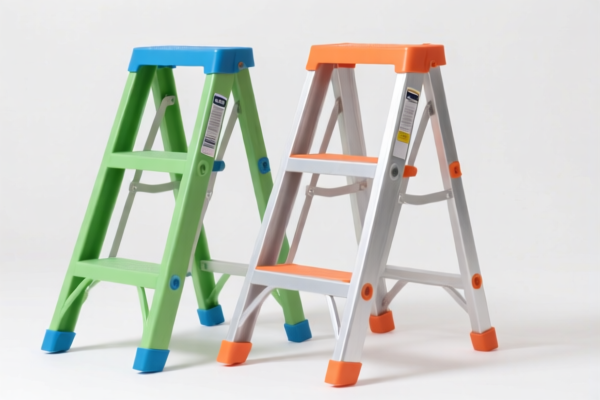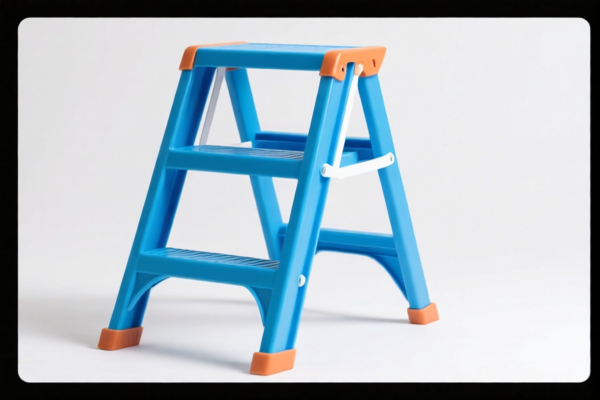| HS Code | Official Doc | Tariff Rate | Origin | Destination | Effective Date |
|---|---|---|---|---|---|
| 8214909000 | Doc | 1.4¢ each + 3.2%+30.0% | CN | US | 2025-05-12 |
| 7013492090 | Doc | 60.0% | CN | US | 2025-05-12 |
| 7013993000 | Doc | 46.5% | CN | US | 2025-05-12 |
| 7010905005 | Doc | 55.0% | CN | US | 2025-05-12 |
| 7010905039 | Doc | 55.0% | CN | US | 2025-05-12 |
| 8206000000 | Doc | The rate of duty applicable to that article in the set subject t+30.0% | CN | US | 2025-05-12 |




Hairdressing Pot
A hairdressing pot, also known as a hair steamer, hooded dryer, or hair processing cap, is a device used in hair salons and increasingly for home use, to apply heat to hair treatments while covering the hair. It facilitates deeper penetration and faster processing of hair coloring, perming, deep conditioning, and other chemical or restorative treatments.
Material:
- Housing: Typically constructed from durable plastic, often polypropylene or ABS, for heat resistance and ease of cleaning. Some higher-end models incorporate metal components for stability.
- Heating Element: Utilizes an electric heating coil, often with adjustable temperature settings.
- Cap/Hood: Made from heat-resistant fabric, often satin or nylon, to evenly distribute heat and maintain moisture. Some models use a rigid plastic cap.
- Base: Plastic or metal, providing a stable platform.
Purpose:
- Chemical Treatments: Accelerates the processing time and improves the effectiveness of hair coloring, perming, relaxing, and straightening solutions. Consistent heat helps the chemicals to react properly.
- Deep Conditioning: Enhances the absorption of deep conditioning treatments, resulting in softer, more hydrated hair.
- Hair Masks: Similar to deep conditioning, heat helps the mask penetrate the hair shaft.
- Scalp Treatments: Can be used to warm scalp treatments for better absorption and relaxation.
Function:
The device works by enclosing the hair with a heated cap, creating a warm environment. This heat:
- Opens the Hair Cuticle: Allows treatments to penetrate the hair shaft more easily.
- Increases Blood Circulation: Stimulates blood flow to the scalp, potentially promoting hair growth.
- Evaporates Excess Moisture: Helps treatments adhere better.
- Maintains Consistent Temperature: Ensures even processing throughout the hair.
Usage Scenarios:
- Salons: Professional use for a wide range of hair treatments.
- Home Use: Increasingly popular for individuals performing hair treatments at home.
- DIY Hair Care: Used for intensive hair conditioning and restorative treatments.
Common Types:
- Tabletop Models: The most common type, placed on a table or salon counter. Typically features an adjustable hood and temperature settings.
- Floor Models: Larger, freestanding units often with a chair integrated. Used in high-volume salons.
- Portable Hooded Dryers: Smaller, lightweight models suitable for travel or limited space. Often powered by AC adapters.
- Heating Caps (Shower Caps): These are fabric caps with a heating element, often used with a power source, and are designed for at-home use. They are generally less powerful than full-sized hooded dryers.
- Steaming Caps: Utilize steam instead of dry heat, often incorporating water reservoirs and automatic shut-off features.
Based on the provided information, “hairdressing pot” can be classified under the following HS codes:
-
8214909000: This HS code covers “Other articles of cutlery (for example, hair clippers, butchers' or kitchen cleavers, chopping or mincing knives, paper knives); manicure or pedicure sets and instruments (including nail files); base metal parts thereof: Other: Other (including parts)”. Chapter 82 relates to articles of cutlery, manicure/pedicure sets, and related parts. Heading 8214 specifically includes articles of cutlery and manicure/pedicure sets. The subheading 8214909000 covers other articles within this category, including parts. Given that a “hairdressing pot” is a tool used in hairdressing, it falls under this classification. The tax rate details are: a base duty of 1.4¢ each + 3.2%, with a 30.0% additional tariff applied after April 2, 2025, resulting in a total tax rate of 1.4¢ each + 3.2% + 30.0%.
-
7013492090: This HS code covers “Glassware of a kind used for table, kitchen, toilet, office, indoor decoration or similar purposes (other than that of heading 7010 or 7018): Glassware of a kind used for table (other than drinking glasses) or kitchen purposes, other than of glass-ceramics: Other: Other: Valued not over $3 each Other”. Chapter 70 relates to glassware. Heading 7013 specifically covers glassware used for table, kitchen, or similar purposes. The subheading 7013492090 covers other glassware used for table or kitchen purposes, valued at $3 or less. If the “hairdressing pot” is made of glass and used for hairdressing purposes (similar to kitchen use), it may fall under this classification. The tax rate details are: a base duty of 22.5% + 7.5%, with a 30.0% additional tariff applied after April 2, 2025, resulting in a total tax rate of 60.0%.
-
7013993000: This HS code covers “Glassware of a kind used for table, kitchen, toilet, office, indoor decoration or similar purposes (other than that of heading 7010 or 7018): Other glassware: Other: Smokers' articles; perfume bottles fitted with ground glass stoppers”. Chapter 70 relates to glassware. Heading 7013 specifically covers glassware used for table, kitchen, or similar purposes. The subheading 7013993000 covers other glassware, including smokers' articles and perfume bottles. If the “hairdressing pot” is made of glass and used for hairdressing purposes, it may fall under this classification. The tax rate details are: a base duty of 9.0% + 7.5%, with a 30.0% additional tariff applied after April 2, 2025, resulting in a total tax rate of 46.5%.
Customer Reviews
No reviews yet.